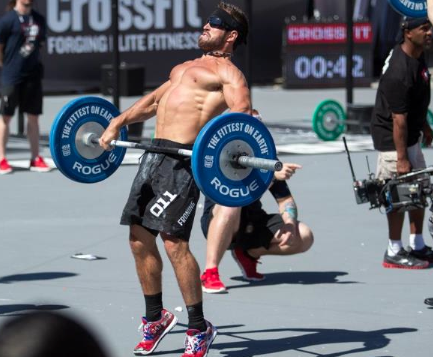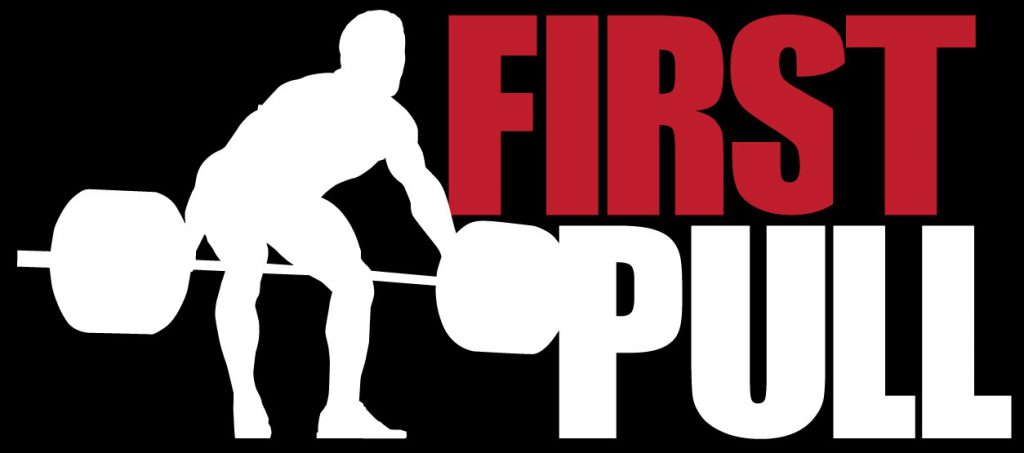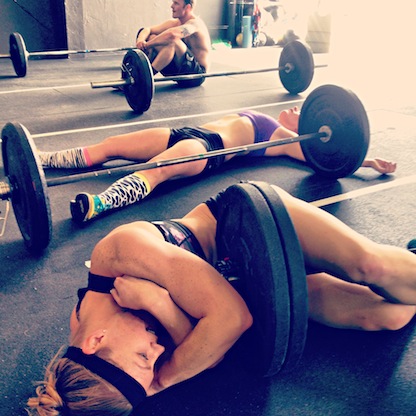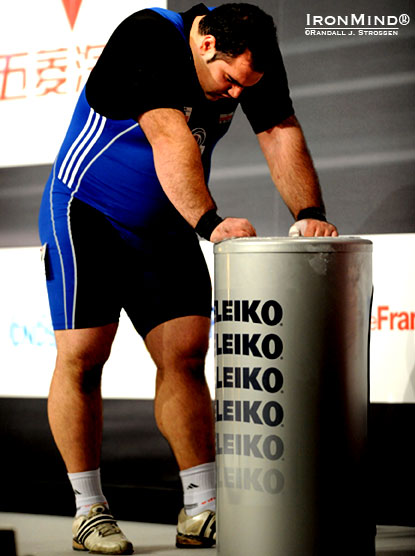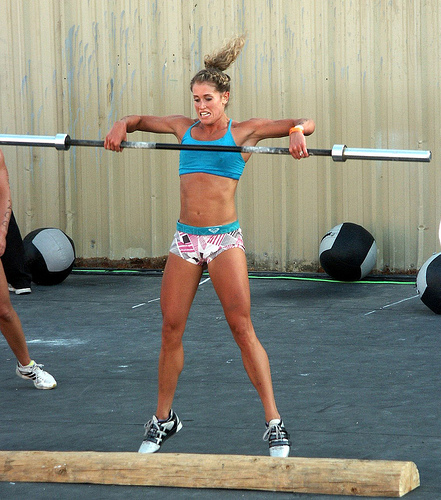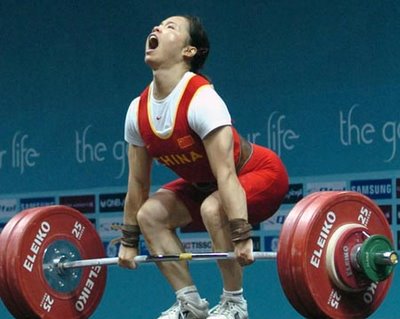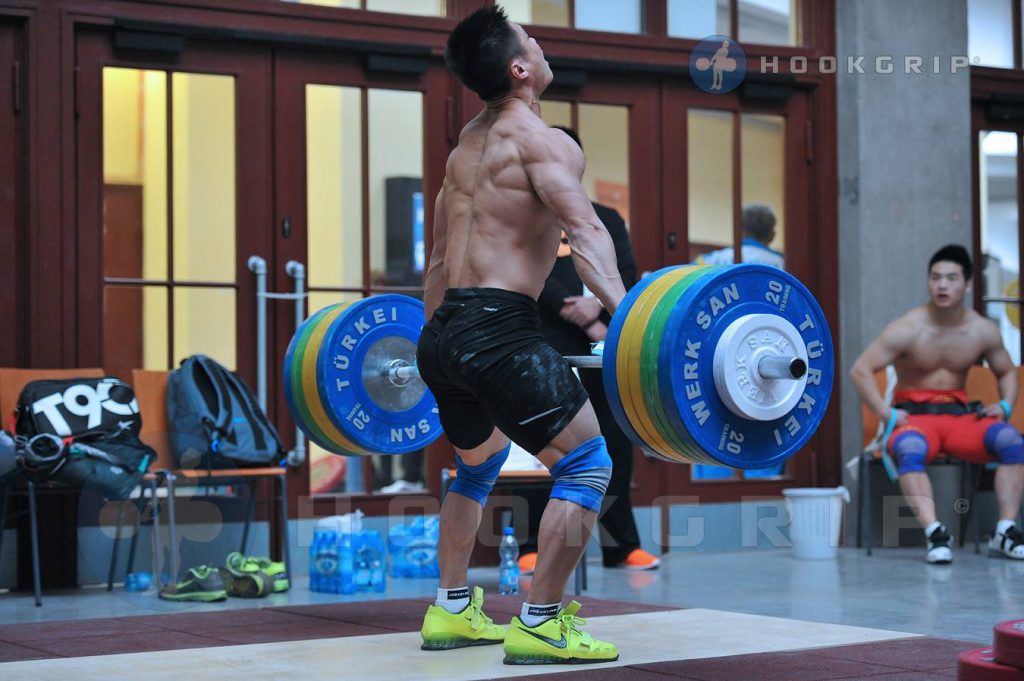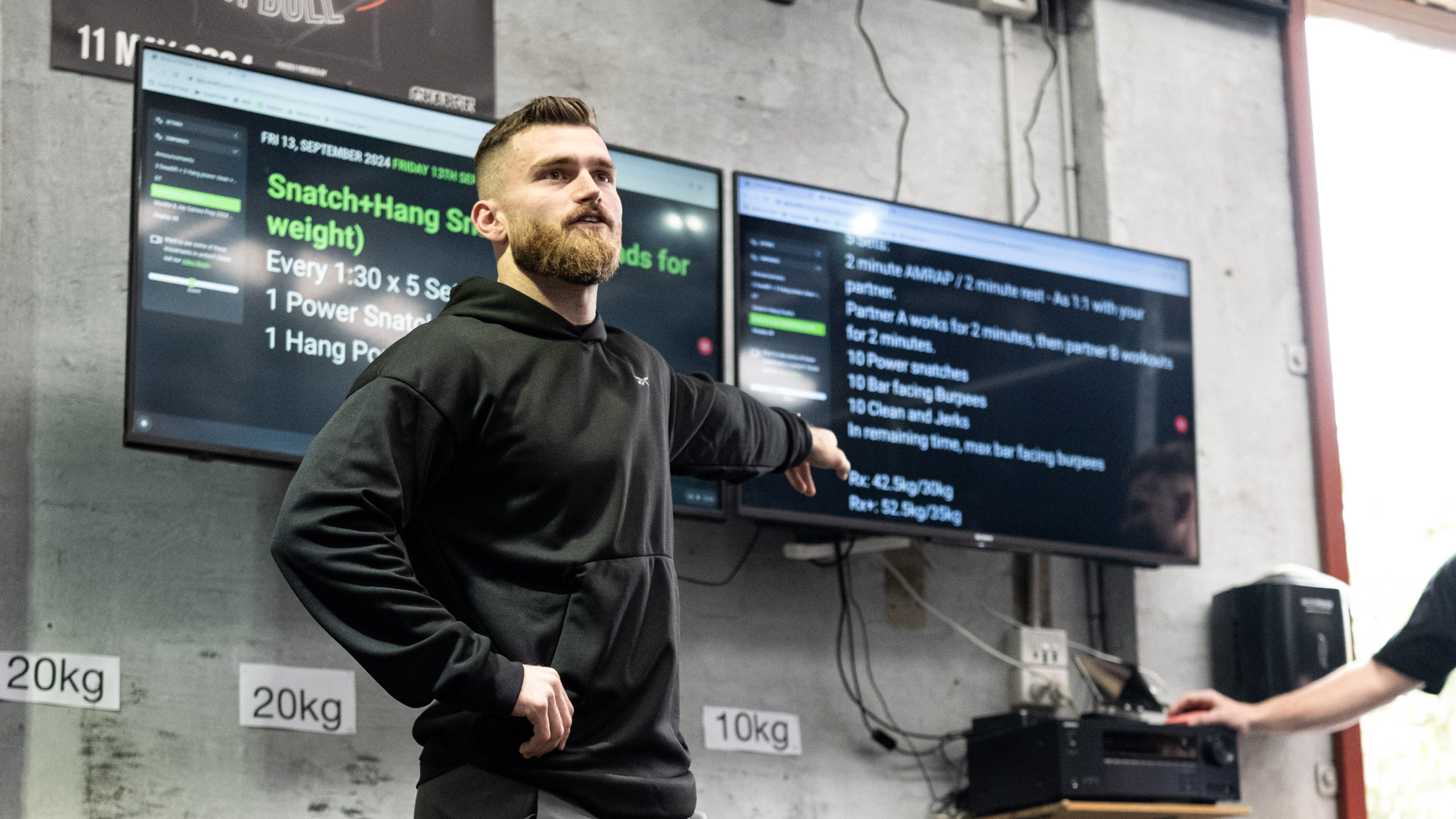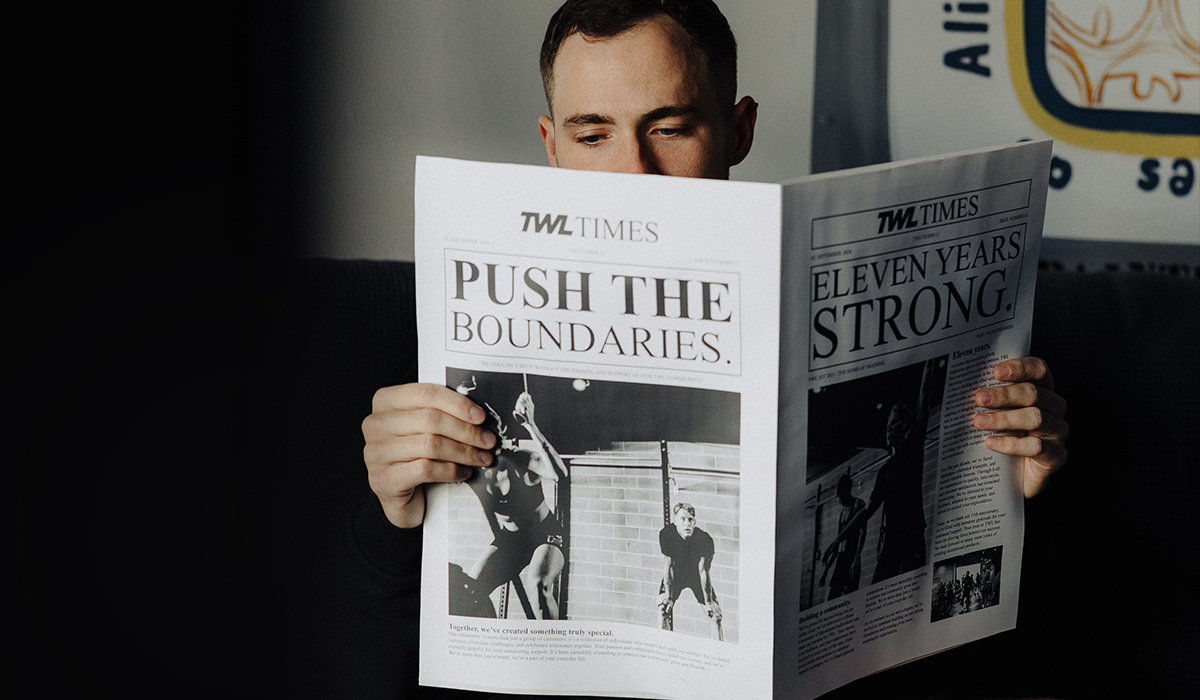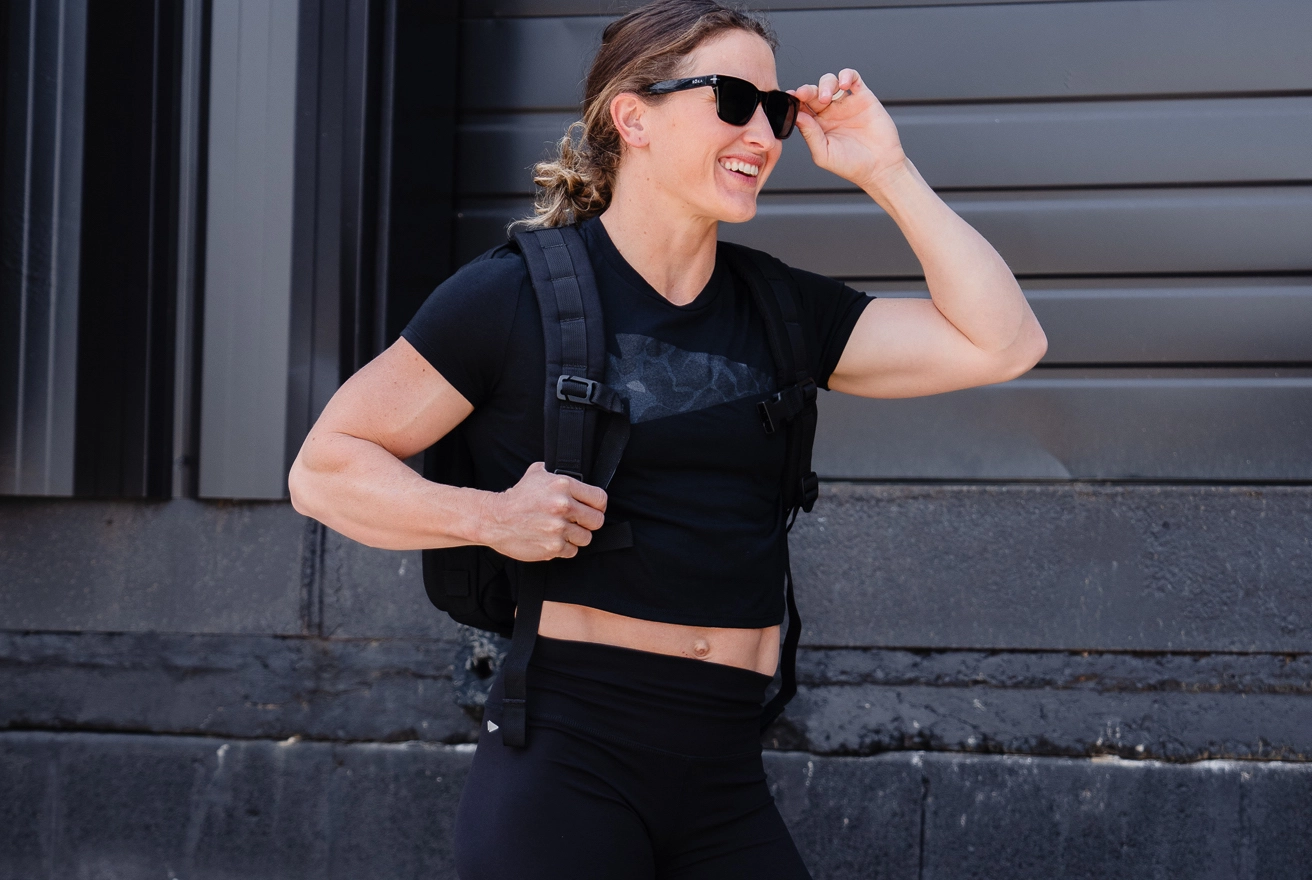The WOD Life welcomes back JP from First Pull. With experience in coaching weightlifting, JP walks us through 7 Tips to Maximise Results of Weightlifting for CrossFit.
The growth of CrossFit is not to be under estimated. CrossFit is the Starbucks of fitness as in there is a CrossFit box on every corner of every major city. Many weightlifting coaches or trainers criticised CrossFit for what it is – a mix and match of pretty much everything. They also criticise CrossFit for its goal, meaning that the participant’s aim is to become average at everything rather than being a specialist. I have stated in a previous article that a strength and conditioning coach does not have to like the sport the athletes he is training are participating in.
The truth is that most CrossFitters need weightlifting guidance and coaching, and they will seek coaches out. That’s good for us, weightlifters. If they do seek you out and you see potential in them, it’s your duty to educate them about a possible future in weightlifting rather than criticise them for what they do (CrossFit). Personally I will train anybody that is willing to take what we do seriously. All I ask is dedication, seriousness and will, which many coaches will agree are the most important traits when starting weightlifting.
Anyhow, the lack of information about how to maximize the result of weightlifting training for CrossFit is obvious. I have done extensive work with CrossFitters as well as participants of other sports – like rowing. In both cases, I highly disagree with the randomized programming of the lift as I believe in highly individualized training sessions where your very own weaknesses are being worked on.
If you are a CrossFitter and you are serious about being a great CrossFitter, I believe you should plan some weightlifting-only training sessions. This leads me to the following list of considerations that should make your learning easier. The following are a collection of basic tips that will really maximize your results – given the reality of your sport (you have many other training sessions where different variables are being trained and you have limited time to learn).
1. You need a Session where you train the snatch and clean and jerk only
Want to get better at something? Practice that something! Many CrossFitters I have trained or know have a backsquat or deadlift of over 136kg/300lb, yet most can’t clean 100kg/220lbs to save their life. CrossFit is good at improving people’s general strength since a lot of work is being put in compound movements like squats and deadlifts. You don’t need to work more on those during your lifting sessions because you really need to put work on your weaknesses which are your lifts.
2. Wear pants.
I am not a clothing dictator and I understand the fashion associated with CrossFit. I respect your choice of clothes but allow me to make this statement: For the men, I find that board shorts mess with the pull because it subtly ‘’block’’ the bar. For the ladies, I know that shorts are only getting smaller and smaller, but the bar has to touch your legs (that’s not optional) and most women CrossFitter I have worked with do not do so because it ‘’hurts’’ or it cut them open. Wearing pants/leggings/yoga pants solves it all. Funny trick, but it works.
3. Learn to rest.
Pretty much all CrossFitter I have worked with had trouble staying put in between sets. Most weightlifting gyms are equipped with chairs where the lifter sits for 1-3 minutes between each sets. Whenever you are training weightlifting for other sports – be it CrossFit or football or anything else- the same principle applies. You need the rest to be mentally prepared for the next lift as well as to allow your central nervous system to be in top shape.
4. Control your emotions
Many people will put tremendous psychological and physical stress over themselves by getting angry at a missed lift, trying it at least 10 more times and then rant about it all day. These people are all of us – we all do that at some point. The difference between us and high level weightlifters is that they almost all of them exert incredible control of their emotions. It is important to do so because it does not cloud your judgment and you will limit the risk of injuries. Stay calm and lifting heavy bars will be the norm for you, pal.
5. Don’t cling on certain cues too much.
A cue has a limited shelf life. I have used about every cue out there, even created some of my own. Some cues I have used are completely illogical from a technique perspective but they worked because the trainee could relate to it at that moment in time.
Thus, a cue is used at one point in time to correct a mistake. Some will be used for longer periods of time, others will last one workout. However, people tend to cling to those cues as if it’s the universal truth. For example, most CrossFitters were told to really put lots of effort in driving the bar up through the use of different cues such as Jump, Shrug, Pull high, Bang it up, High, Throw it in the ceiling, etc. Some people argue that such cues are detrimental to the development of weightlifters but I am not willing to enter this debate.
However, what I have found is that most CrossFitters cling on cues that represent bar height, yet they were never cued about how to transition under correctly. Upward movement is important, but it’s half of the movement. Clinging on a cue that does not address the second half of the movement seems illogical to me. Put another way, In CrossFit, the lifts are often described as a triple extension (hips, knees and ankles). Just remember that it’s also a movement of triple flexion (hips, knees and ankles) and the timing in switching from extension to flexion is where skills matter.
6. Approach the lifts for what they are.
I don’t know where the idea that the lifts are just a dead lift and jump came from and how it became accepted as truth, but it is a very simplistic description of what the lifts are about. A deadlift is a very slow movement whereas the Olympic lifts are by nature extremely fast. In fact, speed of the bar – but also of the body (speed of muscle contraction and speed of change of direction)- is necessary for successful lifts.
Also, the deadlift is done by using a different stance in which the back and hips are predominantly recruited. It is done this way because the deadlifter does not need to think about upward movement of the bar which only the knee extensor could do. Hip and ankle extension contributes just as the shoulder griddle to this upward movement, but for the most part the clean stance allows the lifter to use a lot more quadriceps. In a clean, a lifter has his butt lower than a in deadlift for this reason. Thus, the starting position is of extreme importance to the success of the lifts. I challenge you to find an elite lifter who pulls with an horizontal back.
7. The bar has to touch your legs
I know I just talked about it, but really… it has to touch your legs. I have written an entire article on this matter but let’s just say that the closer it is, the more you benefit from a mechanical standpoint.
Keep training smart.
Jean-Patrick
Firstpull.net

